History of Newspapers
Telegraph
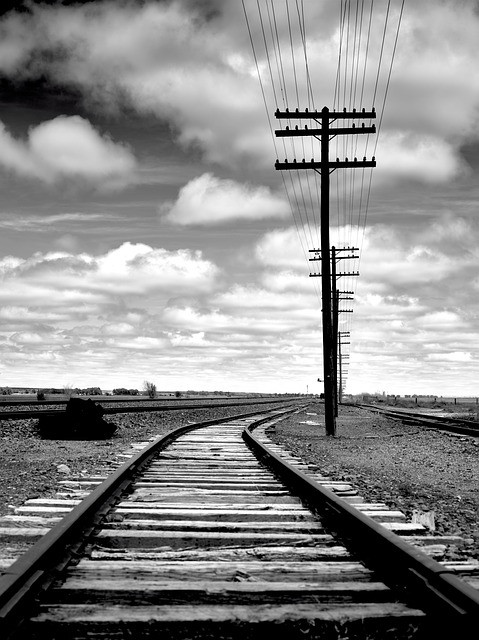 Another major historical technological breakthrough for newspapers came when Samuel Morse invented the telegraph.
Another major historical technological breakthrough for newspapers came when Samuel Morse invented the telegraph.
Newspapers turned to emerging telegraph companies to receive up-to-date news briefs from cities and countries across the globe.
The expense of this service led to the formation of the Associated Press (AP) in 1846 as a cooperative arrangement of five major New York papers: the New York Sun, Journal of Commerce, the Courier and Enquirer, the New York Herald, and the Express.
Breaking News:-
 The success of the Associated Press led to the development of wire services between major cities. According to the AP, this meant that editors were able to “actively collect news as it [broke], rather than gather already published news.”
The success of the Associated Press led to the development of wire services between major cities. According to the AP, this meant that editors were able to “actively collect news as it [broke], rather than gather already published news.”
This collaboration between papers allowed for more reliable reporting and the increased breadth of subject matter lent subscribing newspapers mass appeal for not only upper but also middle and working-class readers.
SENSATIONALISM
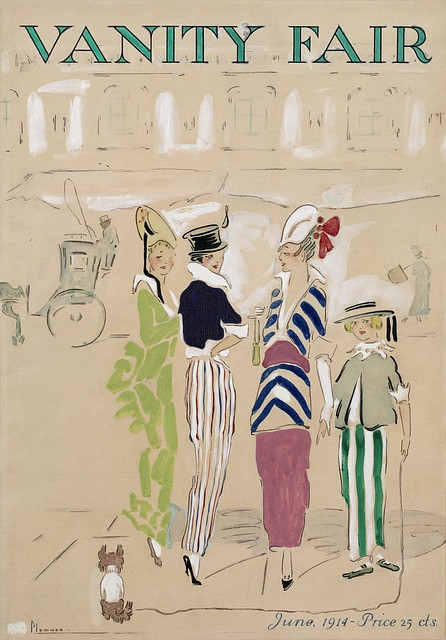 In the late 1800s, New York World publisher Joseph Pulitzer developed a new journalistic style that relied on an intensified use of sensationalism—stories focused on crime, violence, emotion, and sex.
In the late 1800s, New York World publisher Joseph Pulitzer developed a new journalistic style that relied on an intensified use of sensationalism—stories focused on crime, violence, emotion, and sex.
Although he made major strides in the newspaper industry by creating a section focusing on women and by pioneering the use of advertisements as news, he relied largely on violence and sex to sell copies.
This sensationalist style served as the forerunner for today’s tabloids. Ironically, journalism’s most prestigious award is named after him.
Yello Press
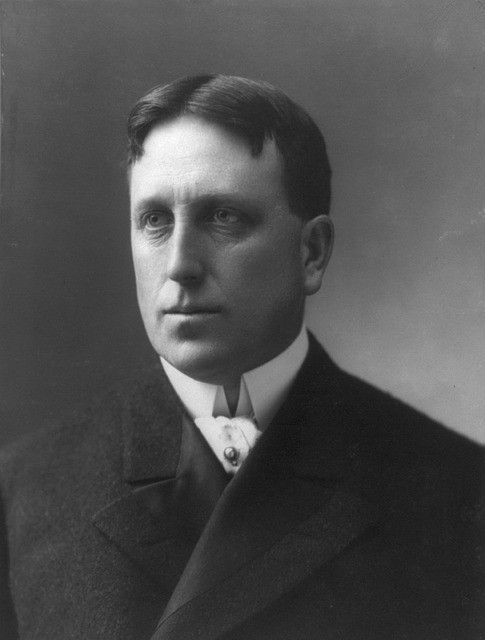 At the same time Pulitzer was establishing the New York World, William Randolph Hearst took over the New York Journal. The battle between these two New York newspapers escalated as Pulitzer and Hearst attempted to outsell one another. The papers slashed their prices, stole editors and reporters from each other, and used outrageous and sensationalist headlines.
At the same time Pulitzer was establishing the New York World, William Randolph Hearst took over the New York Journal. The battle between these two New York newspapers escalated as Pulitzer and Hearst attempted to outsell one another. The papers slashed their prices, stole editors and reporters from each other, and used outrageous and sensationalist headlines.
As historian Richard K. Hines writes, “The American Press, especially ‘yellow presses’ such as William Randolph Hearst’s New York Journal and Joseph Pulitzer’s New York World … sensationalized the brutality of the Spanish-American War and the threat to American business interests. Journalists frequently embellished Spanish atrocities and invented others.”
Comic Strip:-
 As publishers vied for readership, an entertaining new element was introduced: the comic strip.
As publishers vied for readership, an entertaining new element was introduced: the comic strip.
In 1896, Hearst’s New York Journal published R. F. Outcault’s the Yellow Kid in an attempt to “attract immigrant readers who otherwise might not have bought an English-language paper.”
The public looking for entertainment, rushed to buy papers featuring the successful yellow-nightshirt-wearing character.
Stunt Journalism
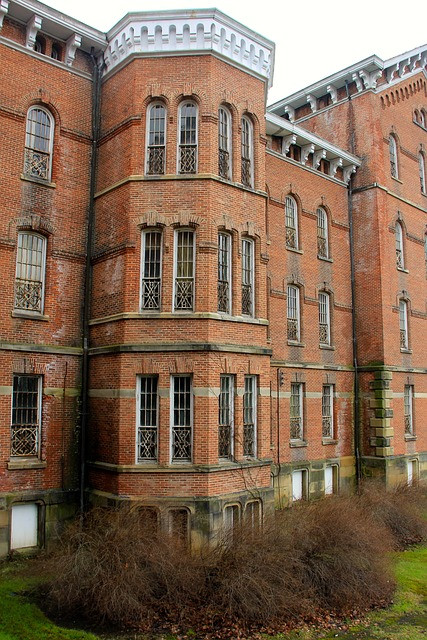 Pulitzer responded to the success of the Yellow Kid by introducing stunt journalism. The publisher hired journalist Elizabeth Cochrane, who wrote under the name Nellie Bly, to report on aspects of life that had previously been ignored by the publishing industry.
Pulitzer responded to the success of the Yellow Kid by introducing stunt journalism. The publisher hired journalist Elizabeth Cochrane, who wrote under the name Nellie Bly, to report on aspects of life that had previously been ignored by the publishing industry.
Her first article focused on the New York City Lunatic Asylum on Blackwell Island. Bly feigned insanity and had herself committed to the infamous asylum.
She recounted her experience in her first article, “Ten Days in a Madhouse.” Her madhouse performance inaugurated the performative tactic that would become her trademark reporting style.” Such articles brought Bly much notoriety and fame, and she became known as the first stunt journalist.
INDUSTRY
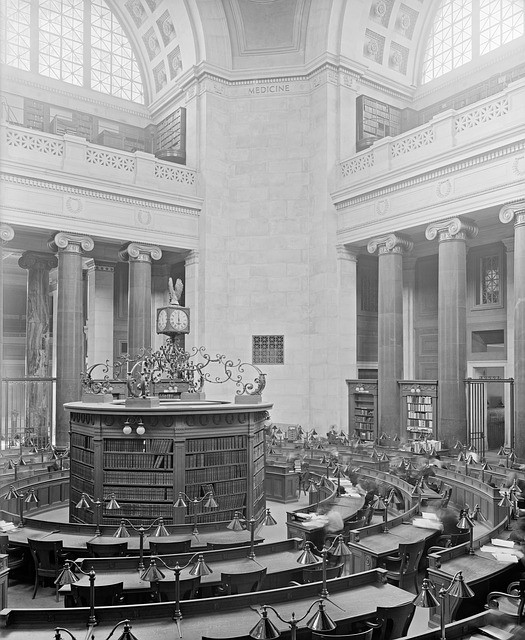 Despite the sometimes questionable tactics of both Hearst and Pulitzer, each man made significant contributions to the growing journalism industry. By 1922, Hearst, a ruthless publisher, had created the country’s largest media-holding company. At that time, he owned 20 daily papers, 11 Sunday papers, 2 wire services, 6 magazines, and a newsreel company.
Despite the sometimes questionable tactics of both Hearst and Pulitzer, each man made significant contributions to the growing journalism industry. By 1922, Hearst, a ruthless publisher, had created the country’s largest media-holding company. At that time, he owned 20 daily papers, 11 Sunday papers, 2 wire services, 6 magazines, and a newsreel company.
Likewise, toward the end of his life, Pulitzer turned his focus to establishing a school of journalism. In 1912, a year after his death and 10 years after Pulitzer had begun his educational campaign, classes opened at the Columbia University School of Journalism. At the time of its opening, the school had approximately 100 students from 21 countries. Additionally, in 1917, the first Pulitzer Prize was awarded for excellence in journalism.
Another major historical technological breakthrough for newspapers came when Samuel Morse invented the telegraph.
Newspapers turned to emerging telegraph companies to receive up-to-date news briefs from cities and countries across the globe.
The expense of this service led to the formation of the Associated Press (AP) in 1846 as a cooperative arrangement of five major New York papers: the New York Sun, Journal of Commerce, the Courier and Enquirer, the New York Herald, and the Express.
Breaking News:-

SENSATIONALISM



Breaking News:-

The success of the Associated Press led to the development of wire services between major cities. According to the AP, this meant that editors were able to “actively collect news as it [broke], rather than gather already published news.”
This collaboration between papers allowed for more reliable reporting and the increased breadth of subject matter lent subscribing newspapers mass appeal for not only upper but also middle and working-class readers.
SENSATIONALISM

In the late 1800s, New York World publisher Joseph Pulitzer developed a new journalistic style that relied on an intensified use of sensationalism—stories focused on crime, violence, emotion, and sex.
Although he made major strides in the newspaper industry by creating a section focusing on women and by pioneering the use of advertisements as news, he relied largely on violence and sex to sell copies.
This sensationalist style served as the forerunner for today’s tabloids. Ironically, journalism’s most prestigious award is named after him.
Yello Press

At the same time Pulitzer was establishing the New York World, William Randolph Hearst took over the New York Journal. The battle between these two New York newspapers escalated as Pulitzer and Hearst attempted to outsell one another. The papers slashed their prices, stole editors and reporters from each other, and used outrageous and sensationalist headlines.
As historian Richard K. Hines writes, “The American Press, especially ‘yellow presses’ such as William Randolph Hearst’s New York Journal and Joseph Pulitzer’s New York World … sensationalized the brutality of the Spanish-American War and the threat to American business interests. Journalists frequently embellished Spanish atrocities and invented others.”
Comic Strip:-

As publishers vied for readership, an entertaining new element was introduced: the comic strip.
In 1896, Hearst’s New York Journal published R. F. Outcault’s the Yellow Kid in an attempt to “attract immigrant readers who otherwise might not have bought an English-language paper.”
The public looking for entertainment, rushed to buy papers featuring the successful yellow-nightshirt-wearing character.
Stunt Journalism

Stunt Journalism

Pulitzer responded to the success of the Yellow Kid by introducing stunt journalism. The publisher hired journalist Elizabeth Cochrane, who wrote under the name Nellie Bly, to report on aspects of life that had previously been ignored by the publishing industry.
Her first article focused on the New York City Lunatic Asylum on Blackwell Island. Bly feigned insanity and had herself committed to the infamous asylum.
She recounted her experience in her first article, “Ten Days in a Madhouse.” Her madhouse performance inaugurated the performative tactic that would become her trademark reporting style.” Such articles brought Bly much notoriety and fame, and she became known as the first stunt journalist.
INDUSTRY

INDUSTRY

Despite the sometimes questionable tactics of both Hearst and Pulitzer, each man made significant contributions to the growing journalism industry. By 1922, Hearst, a ruthless publisher, had created the country’s largest media-holding company. At that time, he owned 20 daily papers, 11 Sunday papers, 2 wire services, 6 magazines, and a newsreel company.
Likewise, toward the end of his life, Pulitzer turned his focus to establishing a school of journalism. In 1912, a year after his death and 10 years after Pulitzer had begun his educational campaign, classes opened at the Columbia University School of Journalism. At the time of its opening, the school had approximately 100 students from 21 countries. Additionally, in 1917, the first Pulitzer Prize was awarded for excellence in journalism.
Likewise, toward the end of his life, Pulitzer turned his focus to establishing a school of journalism. In 1912, a year after his death and 10 years after Pulitzer had begun his educational campaign, classes opened at the Columbia University School of Journalism. At the time of its opening, the school had approximately 100 students from 21 countries. Additionally, in 1917, the first Pulitzer Prize was awarded for excellence in journalism.


